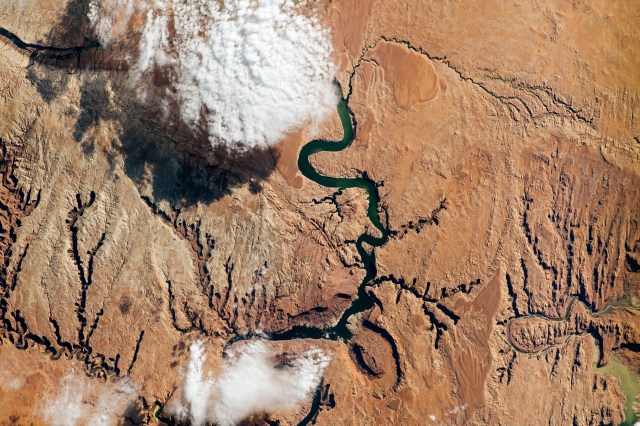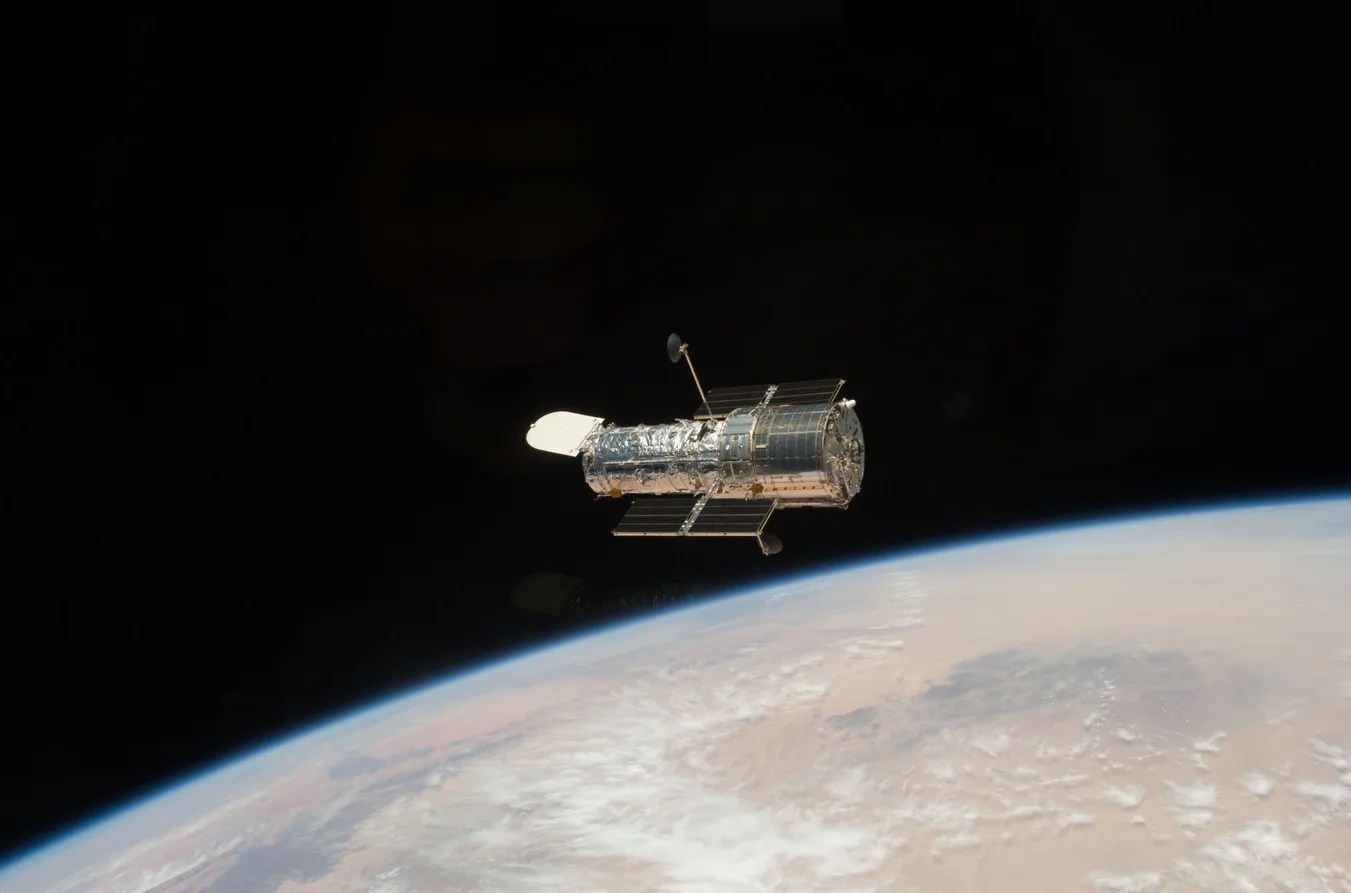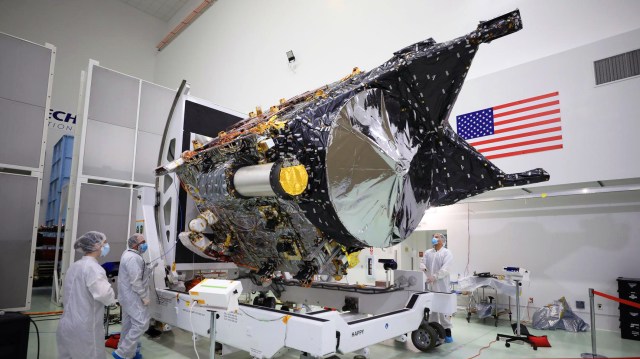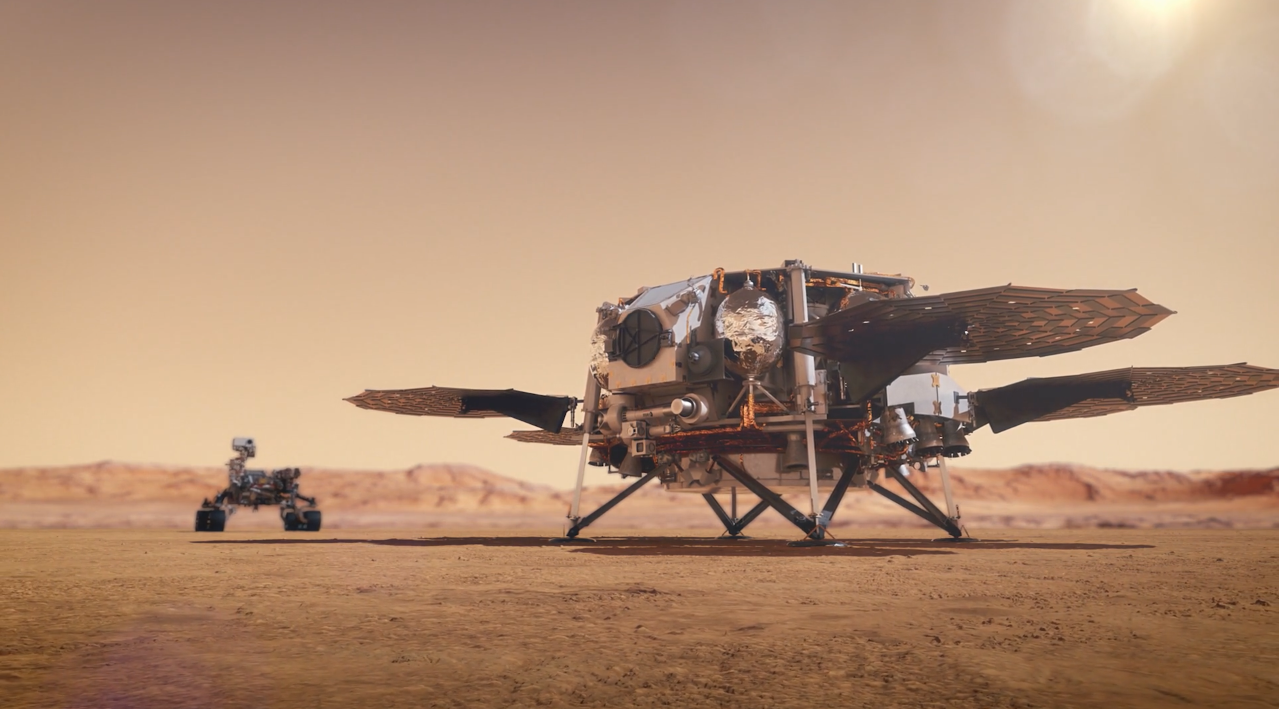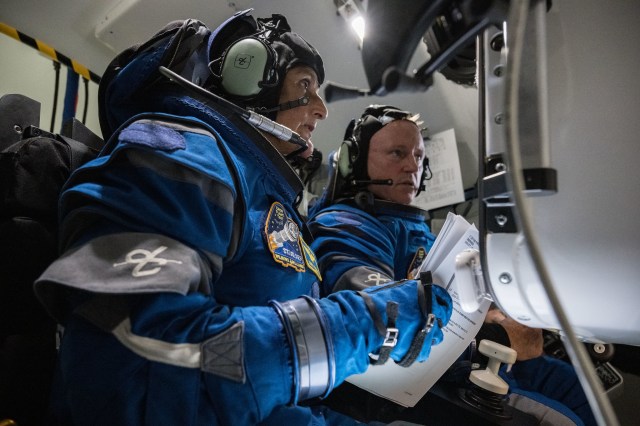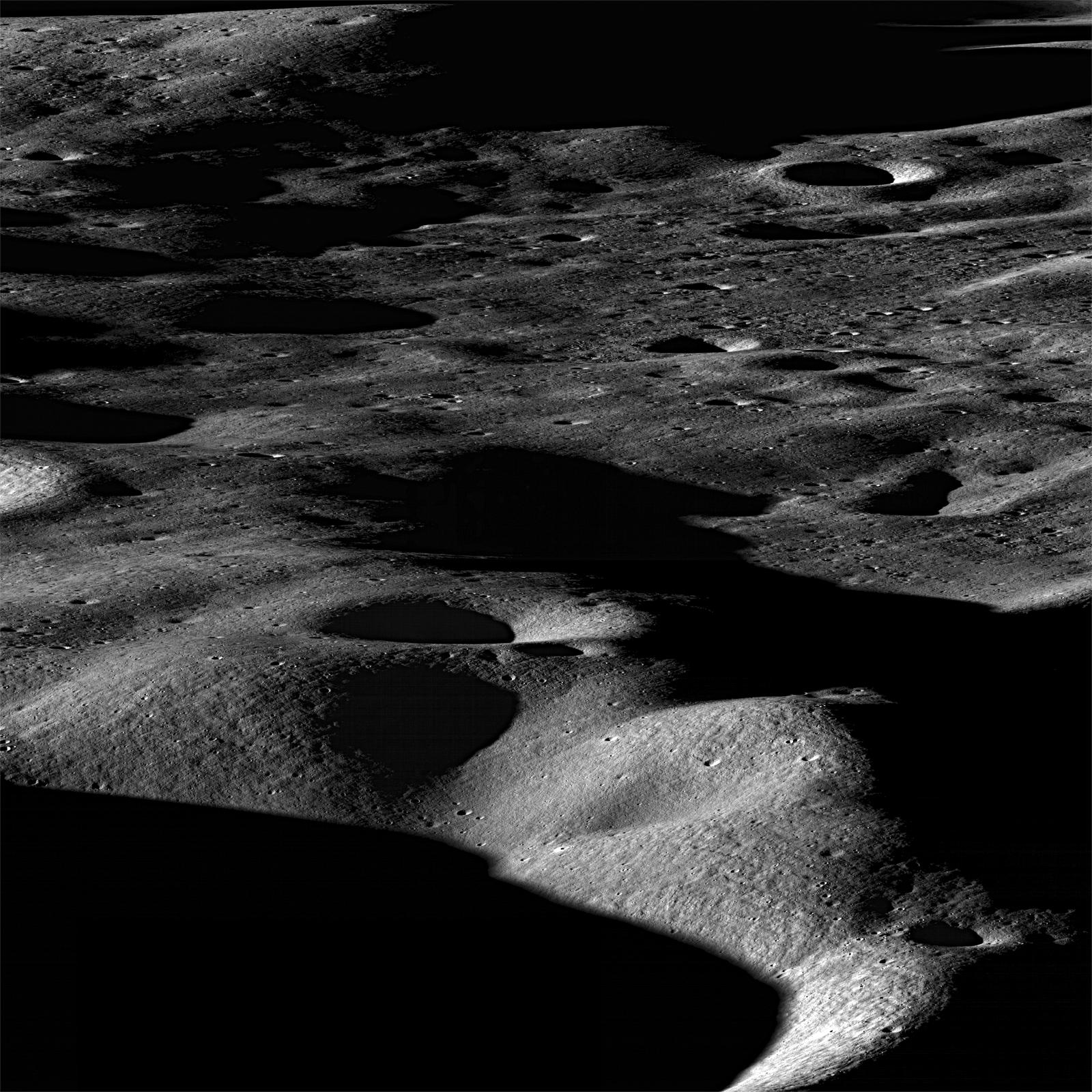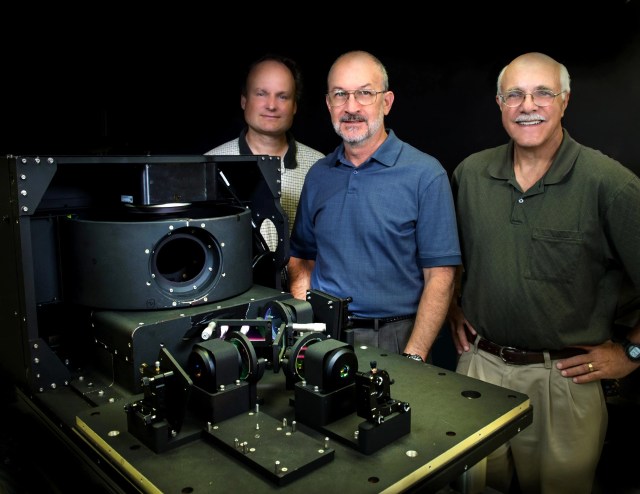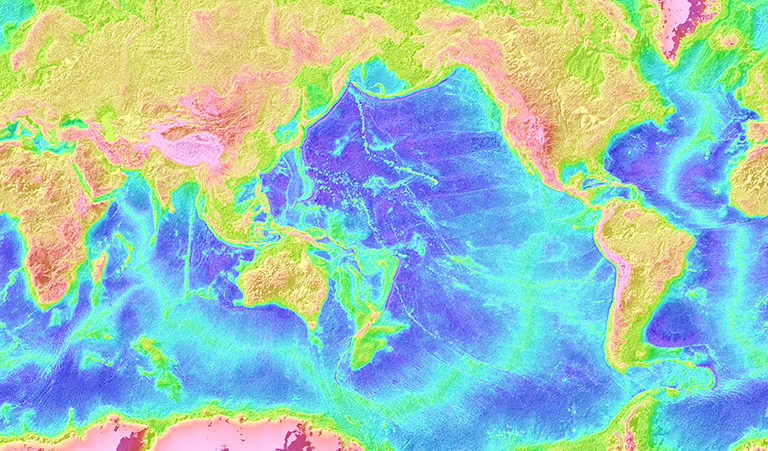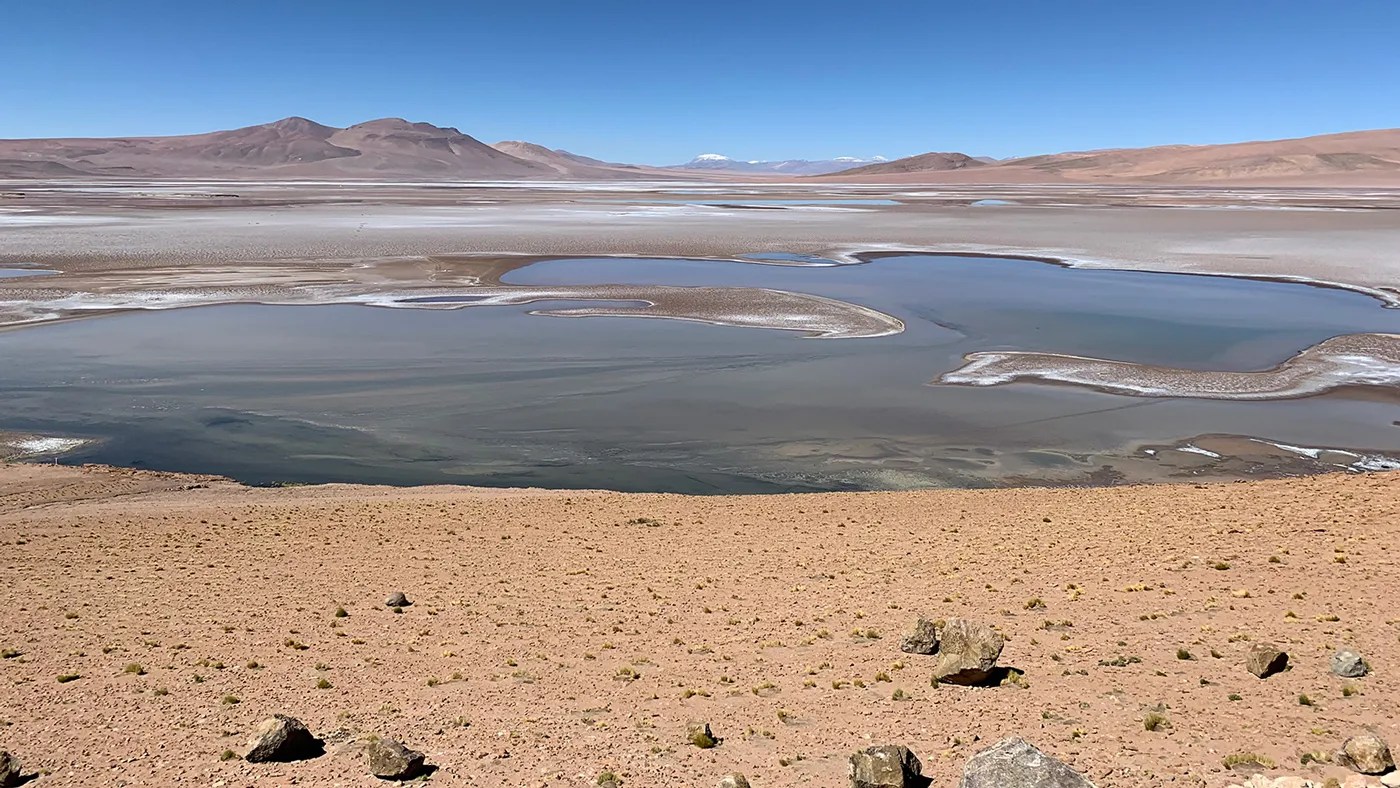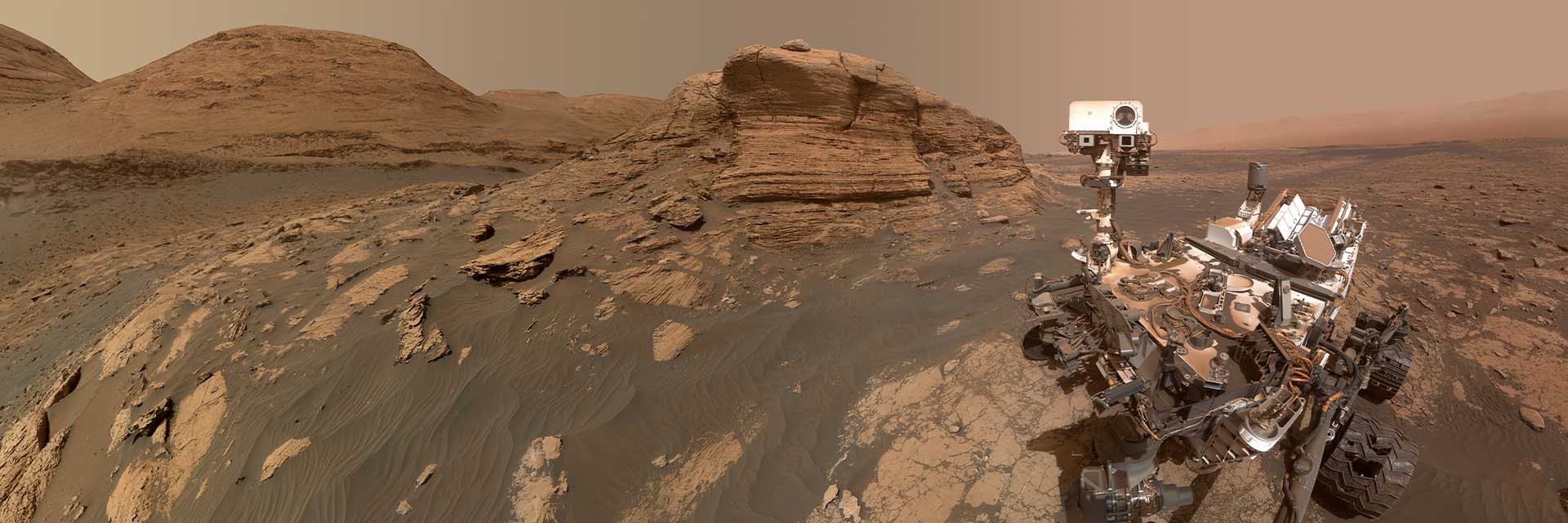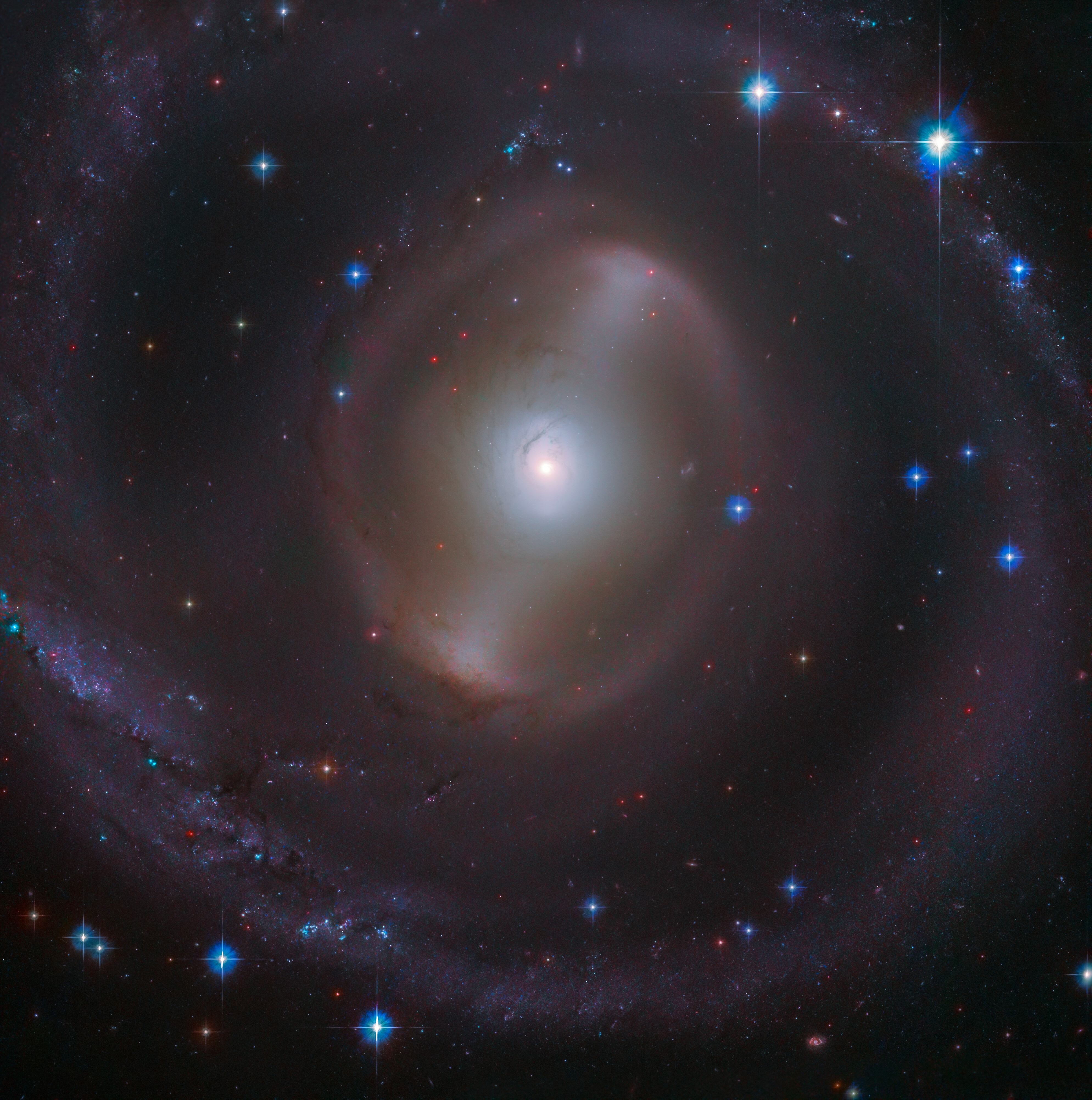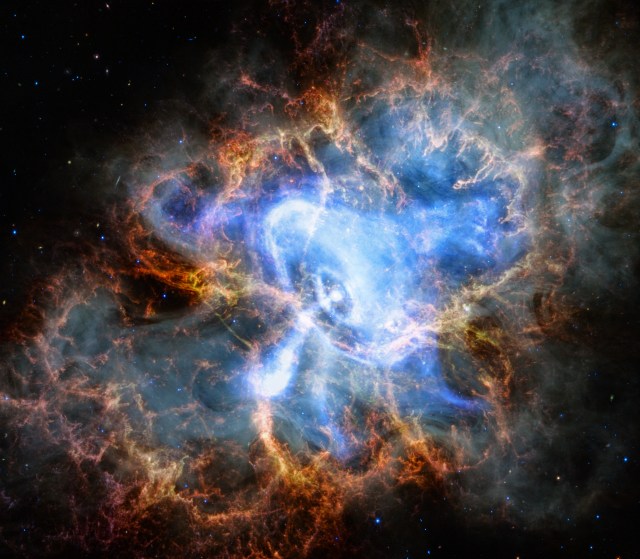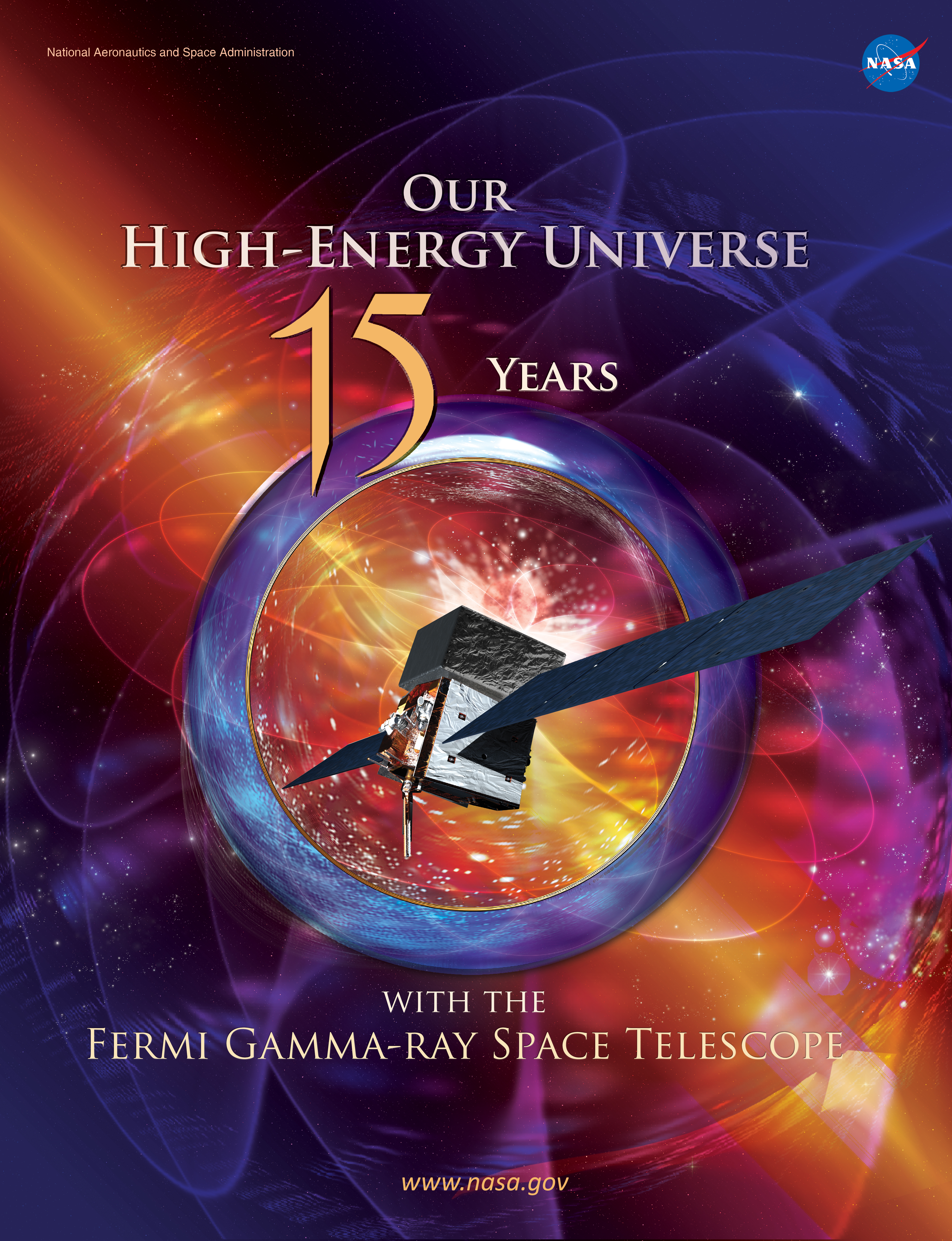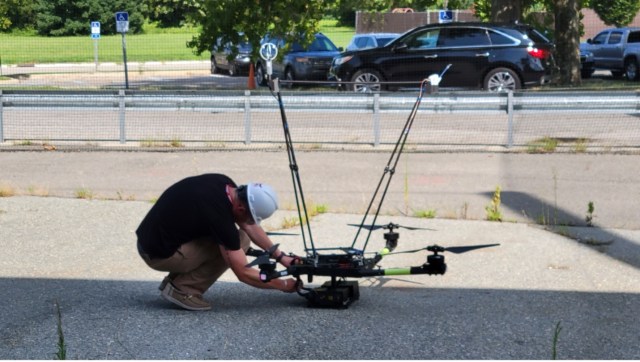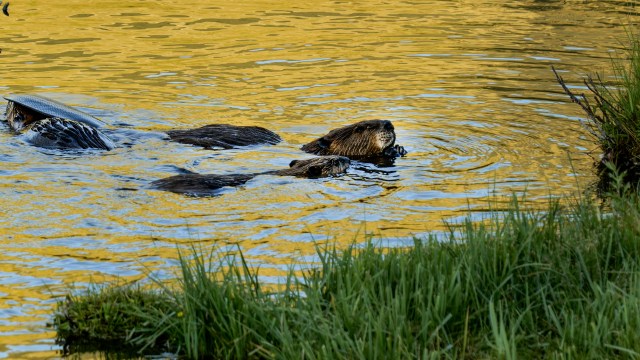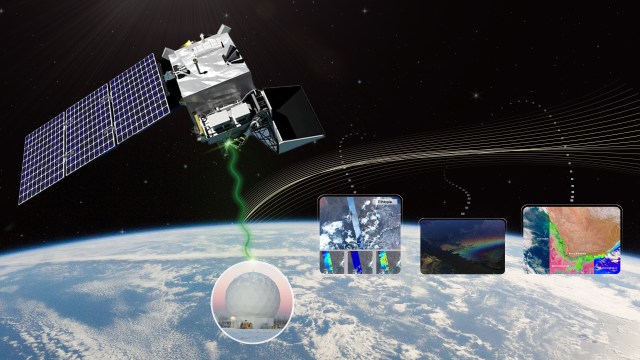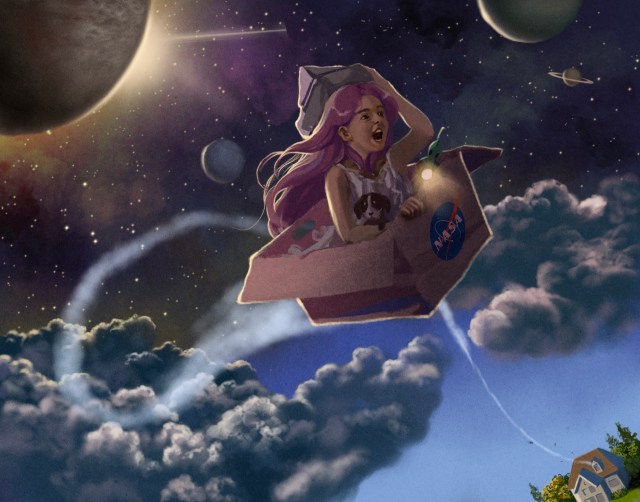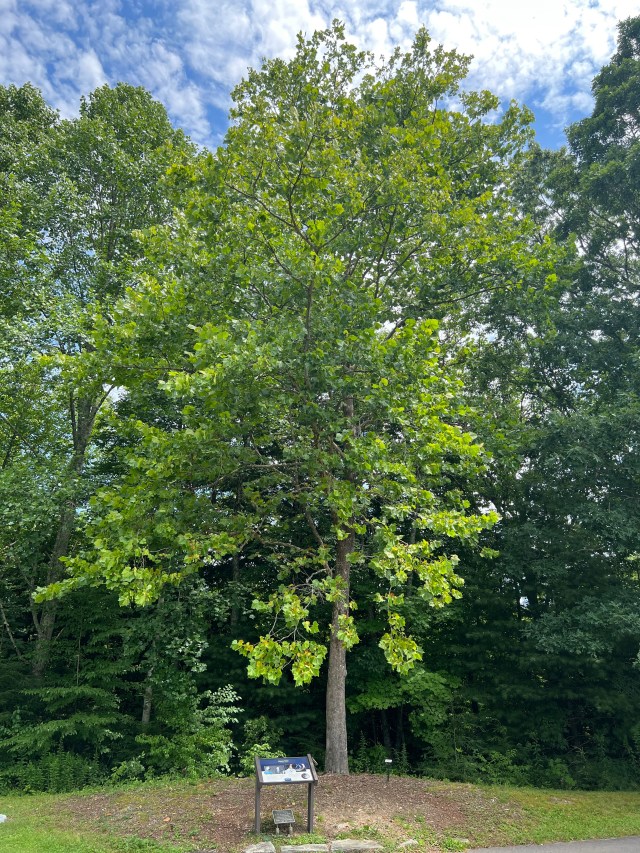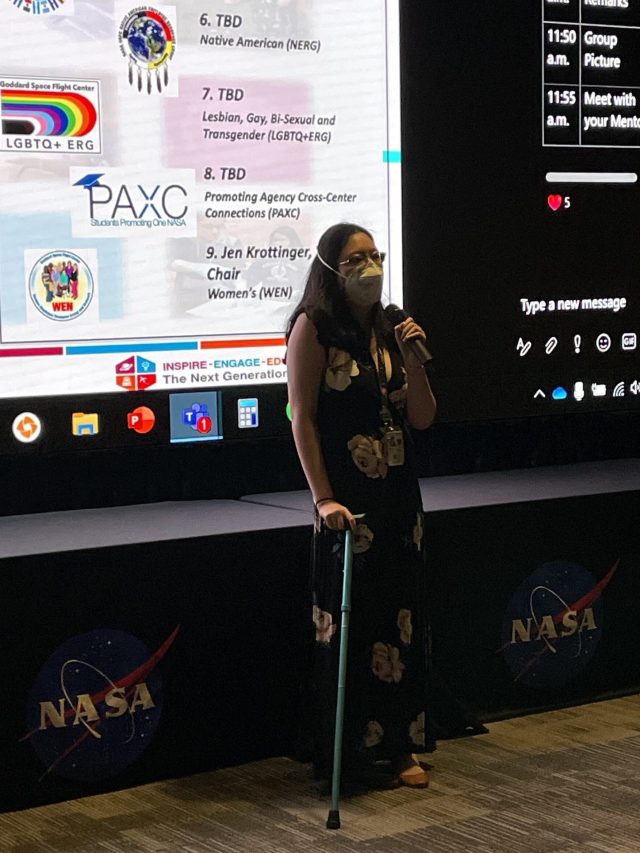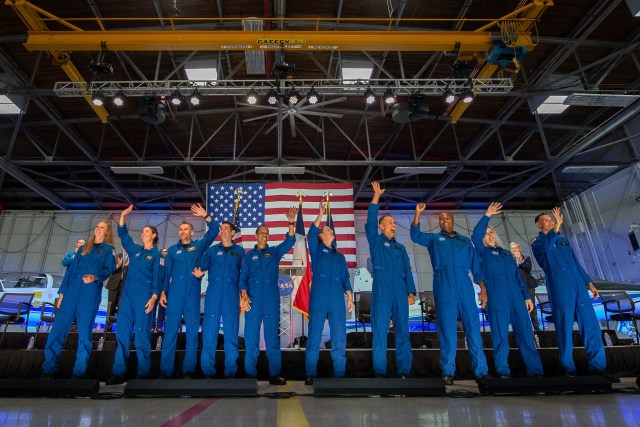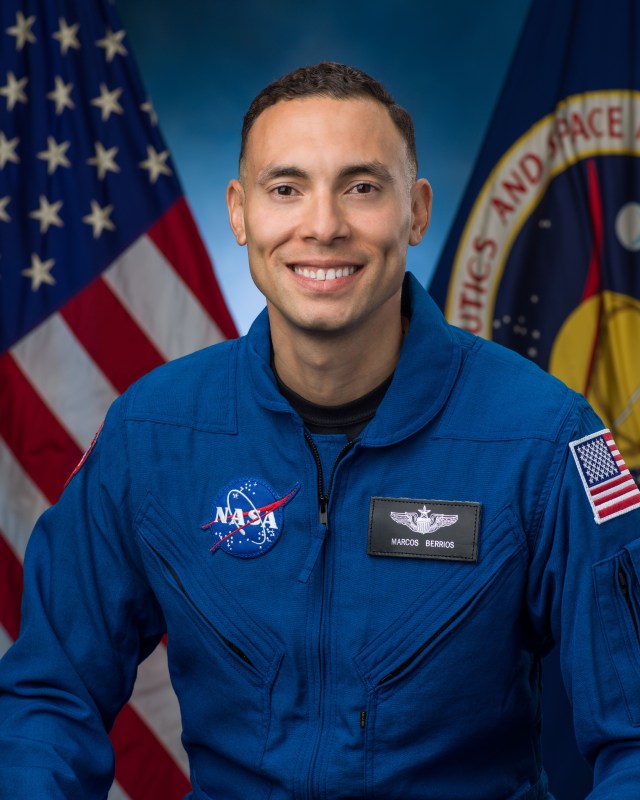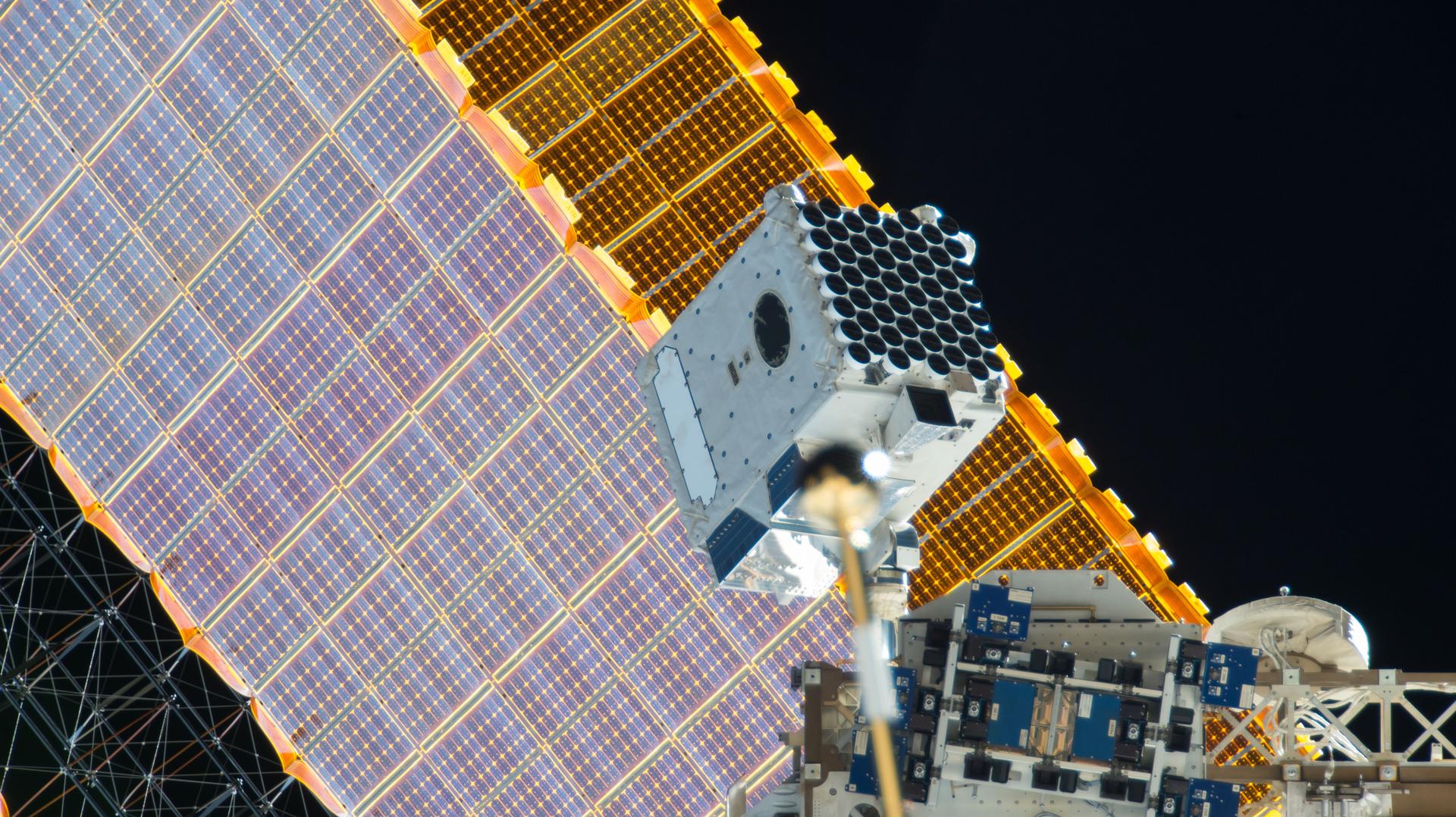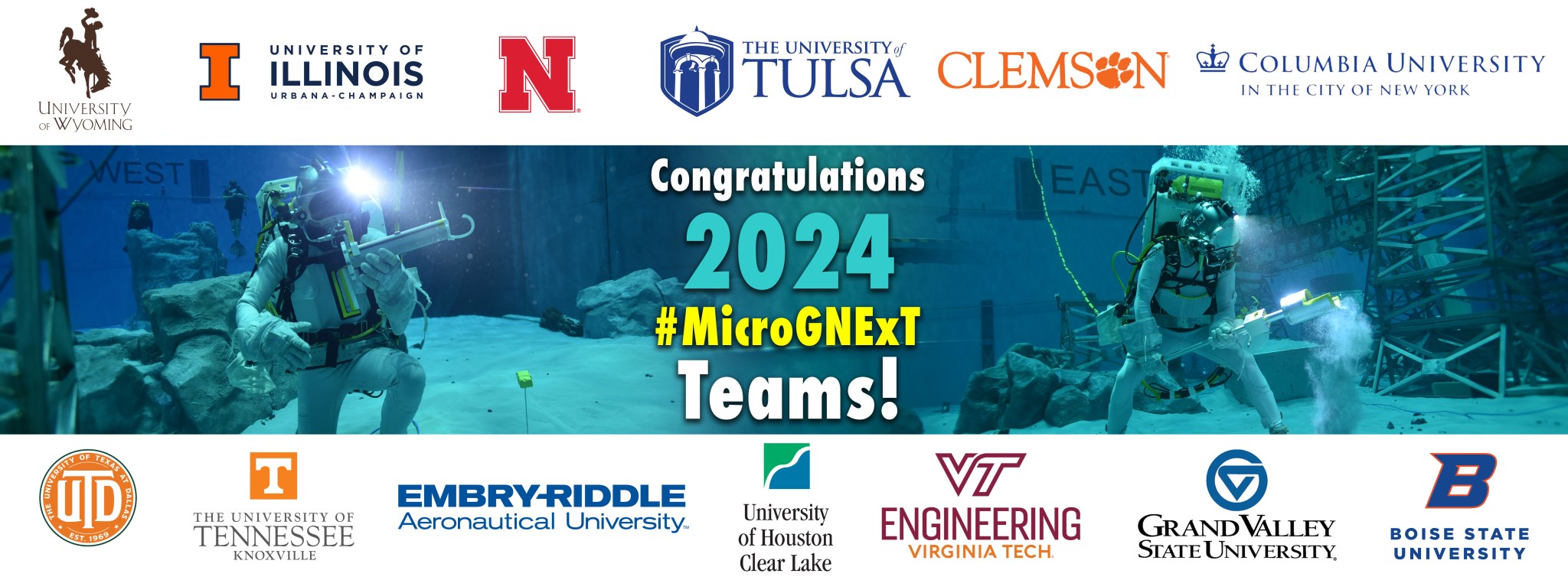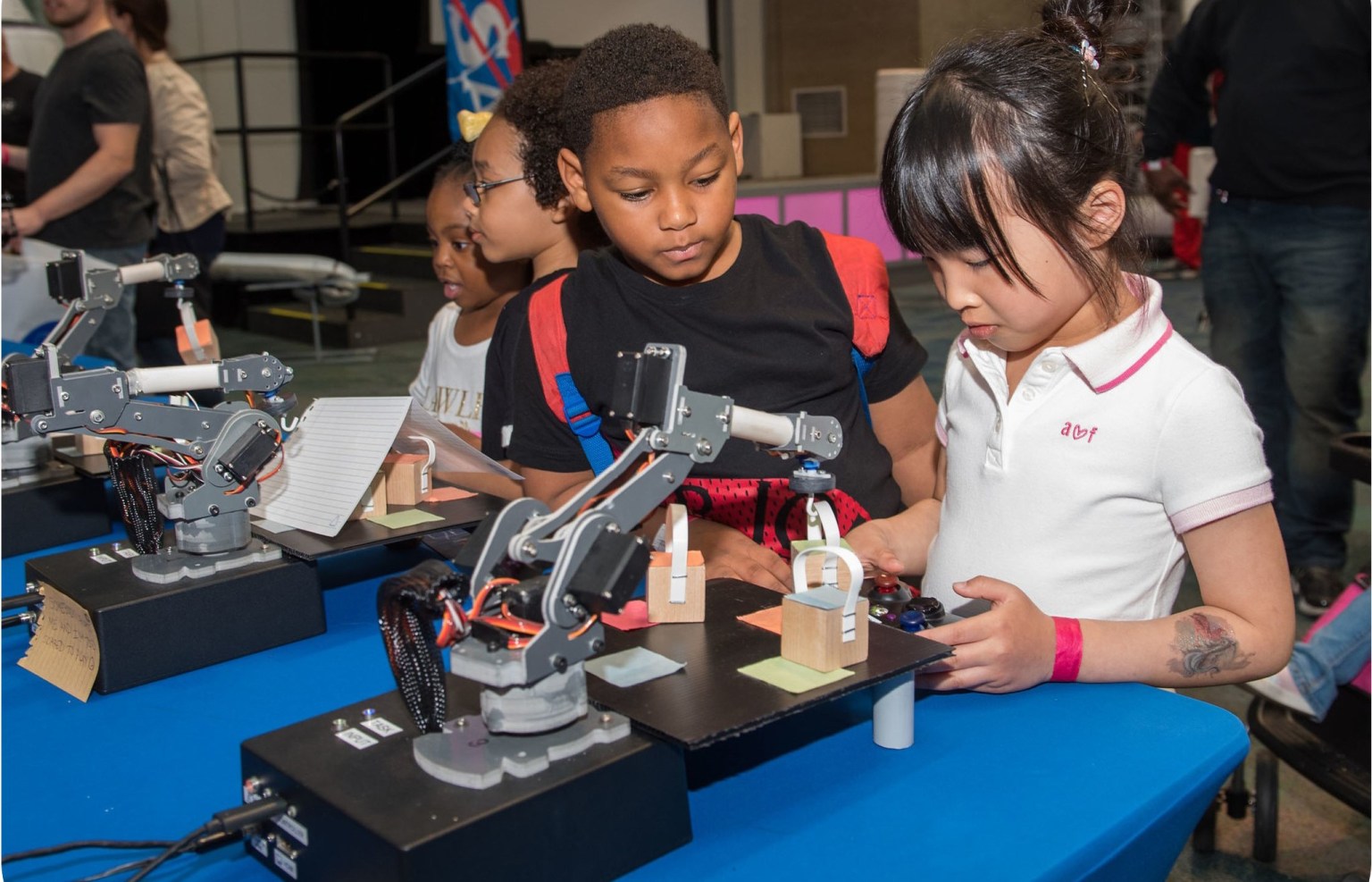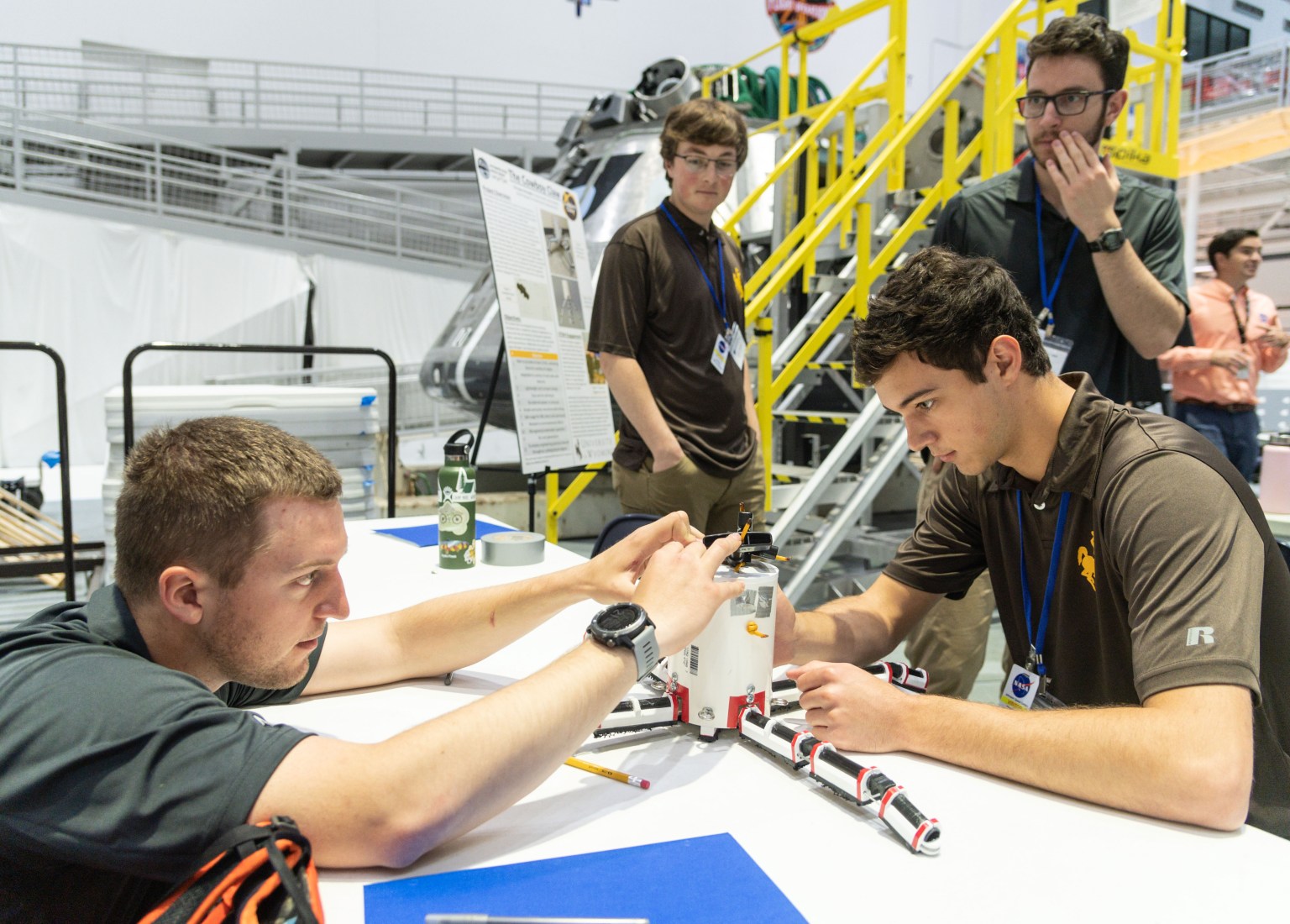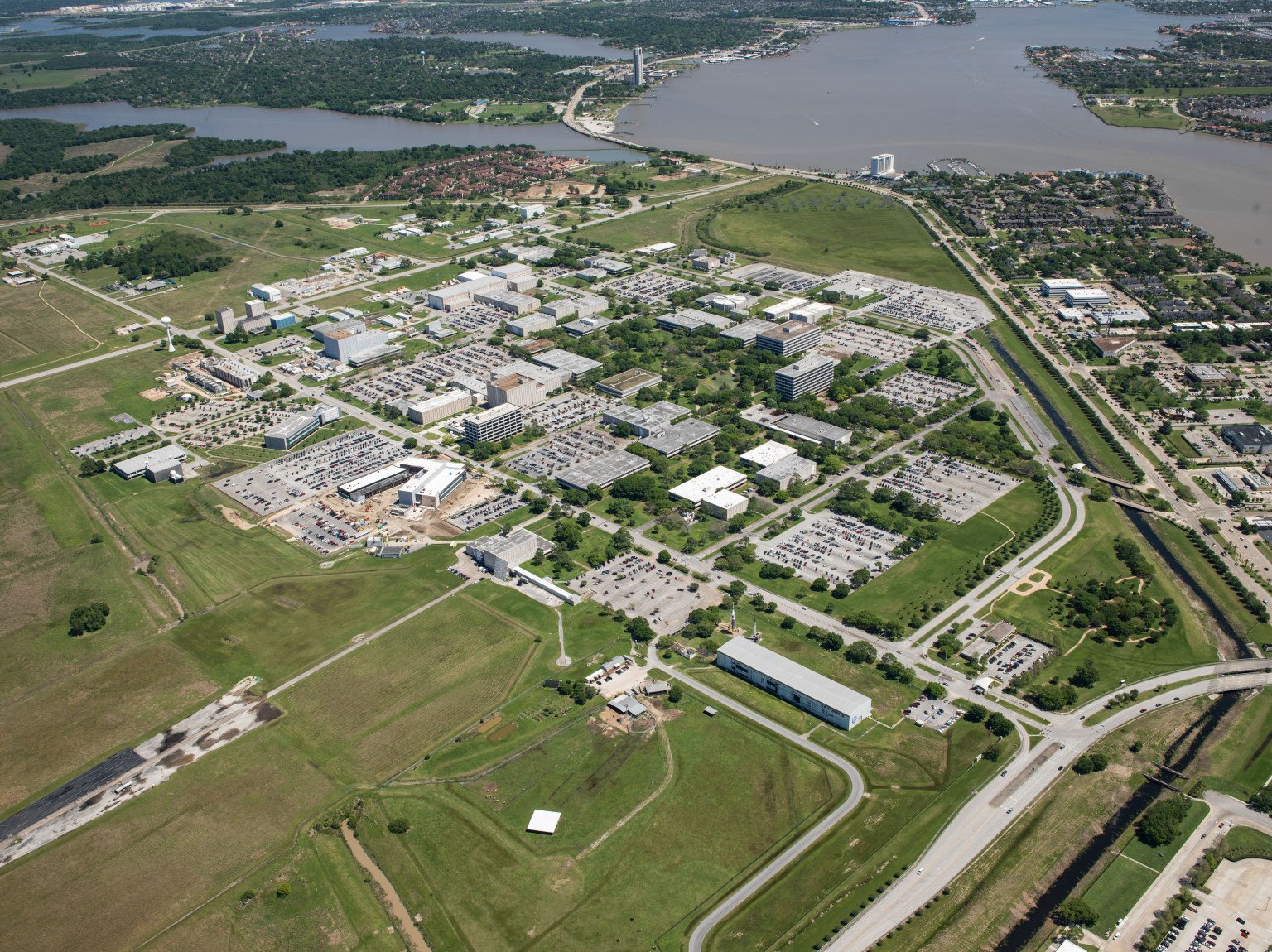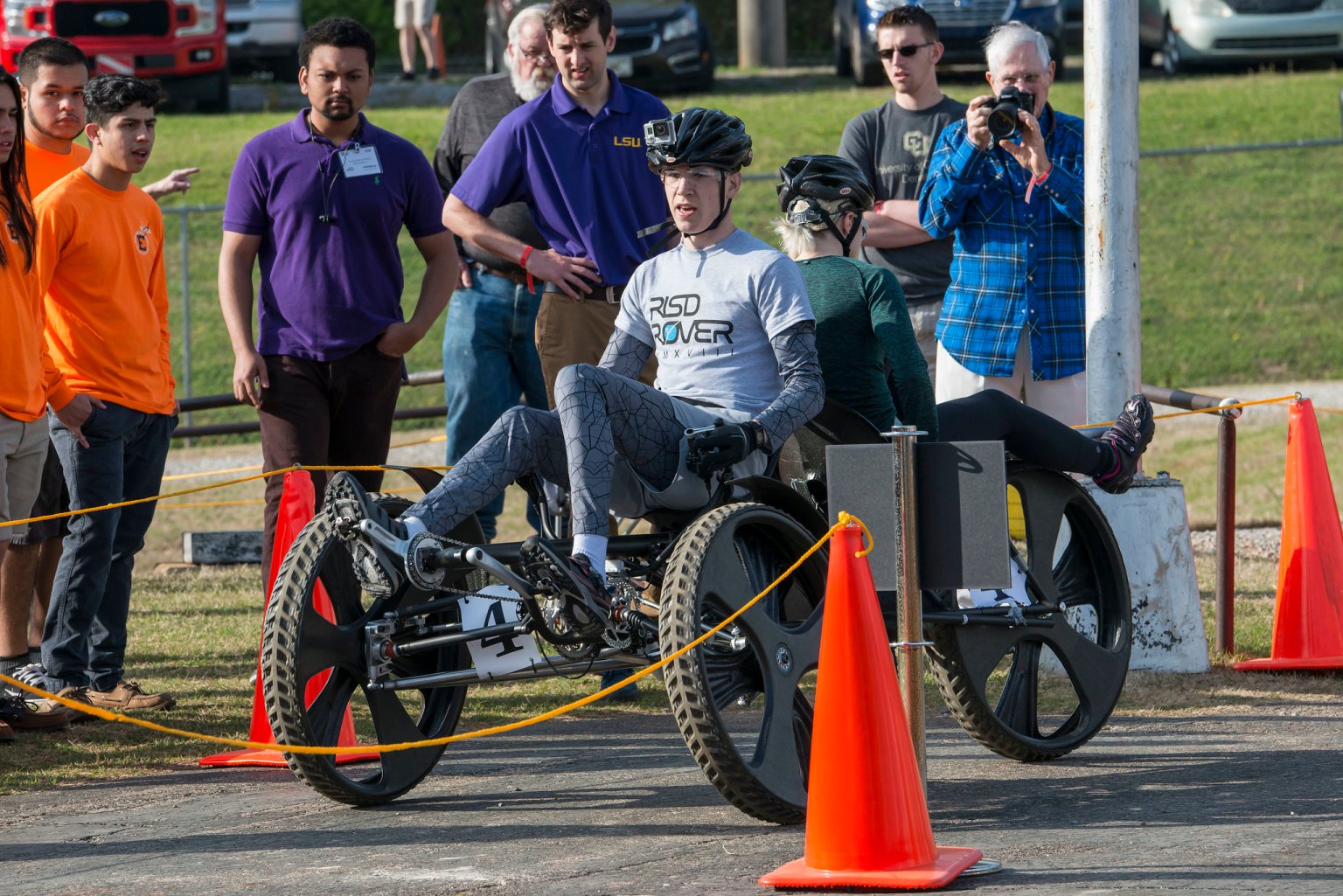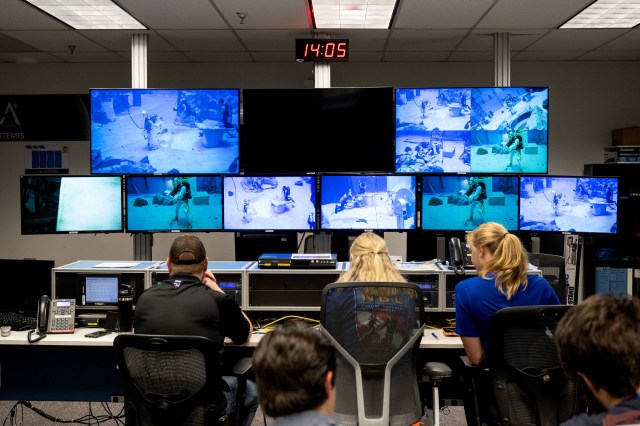
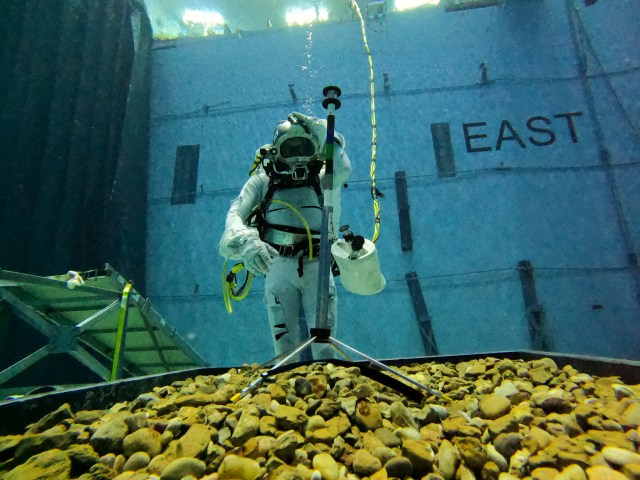
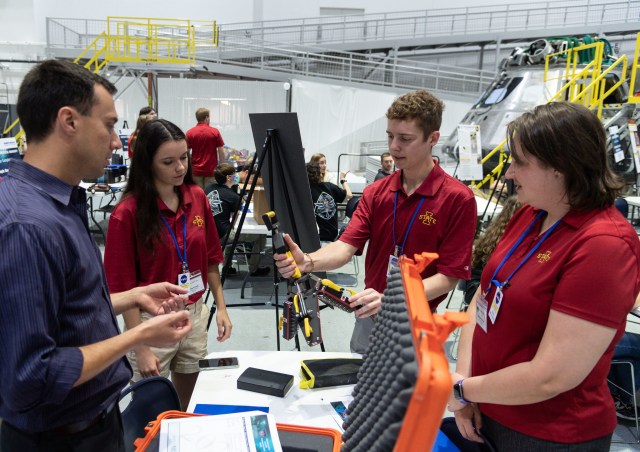
Micro-g Neutral Buoyancy Experiment Design Teams
Micro-g Neutral Buoyancy Experiment Design Teams (Micro-g NExT) challenges undergraduate students to design, build, and test a tool or device that addresses an authentic, current space exploration challenge. The overall experience includes hands-on engineering design, test operations, and public outreach. Test operations are conducted in the simulated microgravity environment of the NASA Johnson Space Center Neutral Buoyancy Laboratory (NBL). Teams will propose design and prototyping of a tool or simulant identified by NASA engineers as necessary in space exploration missions. Professional NBL divers will test the tools and students will direct the divers from the Test Conductor Room of the NBL facility. Micro-g NExT provides a unique opportunity to contribute to NASA’s missions. The 2024 Micro-g NExT challenges focus on Orion crew safety and lunar extravehicular activities (EVA) operations during the Artemis missions.
event dates
June 2-5, 2024
event location
Johnson Space Center
eligibility
Open to U.S. Students
grade levels
Colleges and Universities
Micro-g NExT Eligibility
Participant Criteria
Take a look at the eligibility requirements to see if your team can participate.
View Eligibility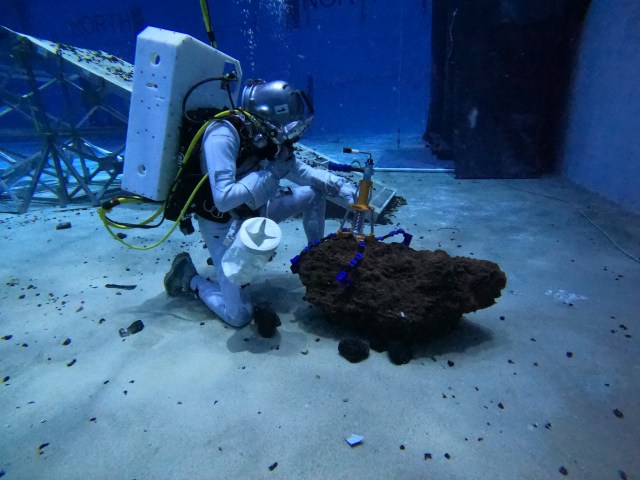
Challenge Description
Check out the details of the current challenges. Each year a new list of challenges aligned to future space exploration missions are identified. These challenge descriptions are NASA unique opportunities to support future deep space exploration and Artemis missions. Teams are encouraged to participate in Micro-g NExT and contribute to the history of Artemis Generation efforts to return to the Moon and in preparation for human exploration to Mars and beyond. Last updated 9/18/2023.
View Description
Timeline
Take a look at the 2024 timeline for Micro-g NExT key dates. All dates are subject to change.
View Timeline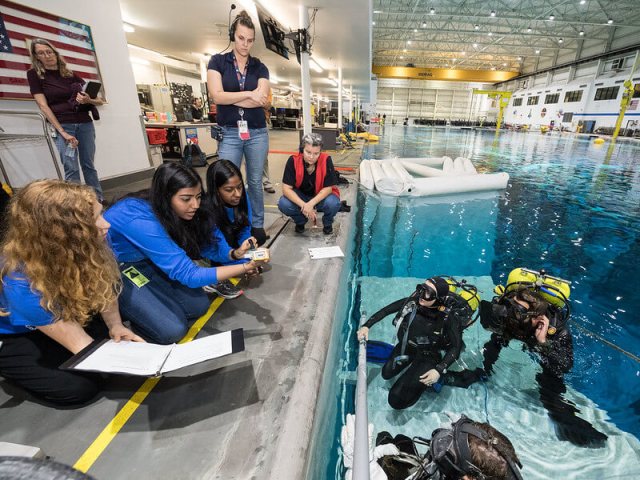
Video and Proposal Guidelines
Feel free to reference our guidelines to assist you. Detailed information on creating a technical proposal, operations plan, and meeting safety and technical requirements is included. Additional information on STEM engagement requirements as well as an administrative section will help teams prepare for all the requirements for the challenge. Last updated 08/22/2023.
View Guidelines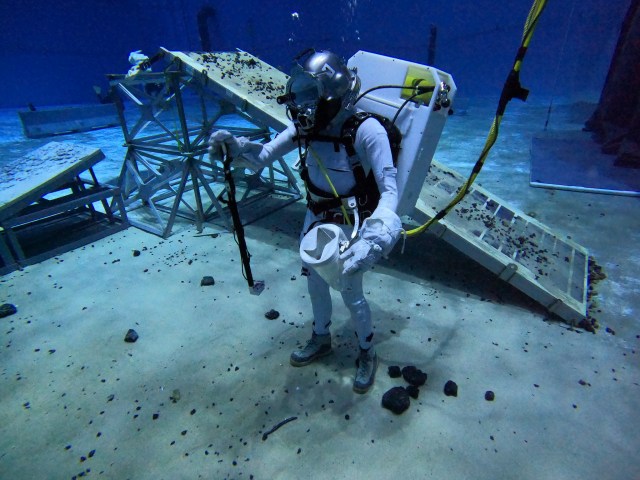
Frequently Asked Questions
Let us help you answer some of the most common questions you may have. Detailed information on the challenge, technical guidance, challenge specific details and lessons learned from prior Micro-g NExT participants can be found here. Last updated 8/22/2023.
View FAQs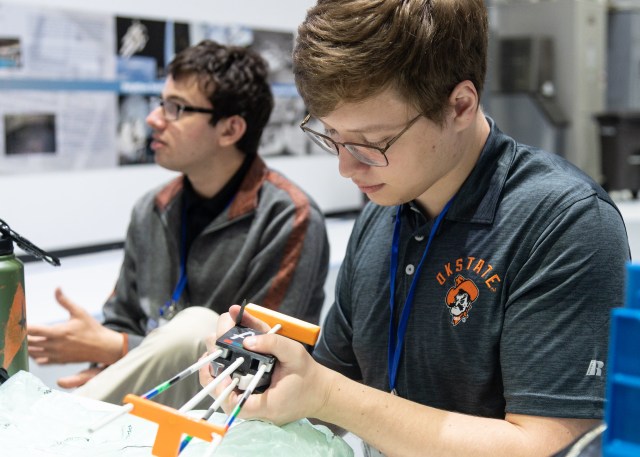
Safety Requirements
Download the Neutral Buoyancy engineering and safety requirements now.
Download Now
2024 Selected Teams
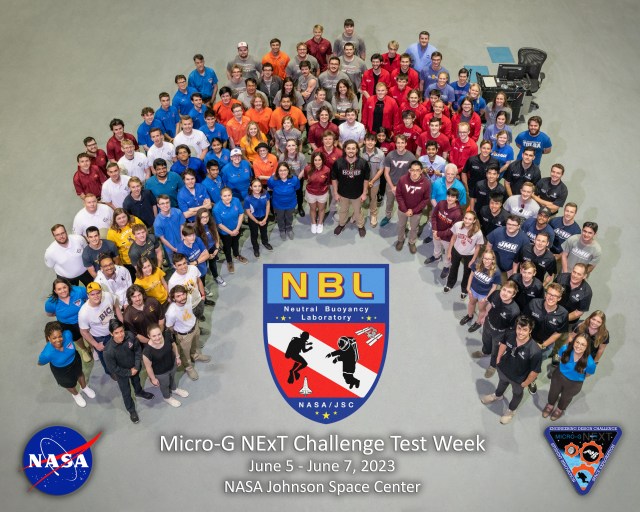
Join Artemis!
Authentic, hands-on learning experiences give students in middle school all the way through graduate school a chance to flex their design and engineering skills as they build and launch high-powered rockets, design robots capable of mining the Moon’s surface or traversing difficult lunar terrain, create human-powered rovers, and test technologies and tools to assist future astronauts working on the Moon.
Learn More about Join Artemis!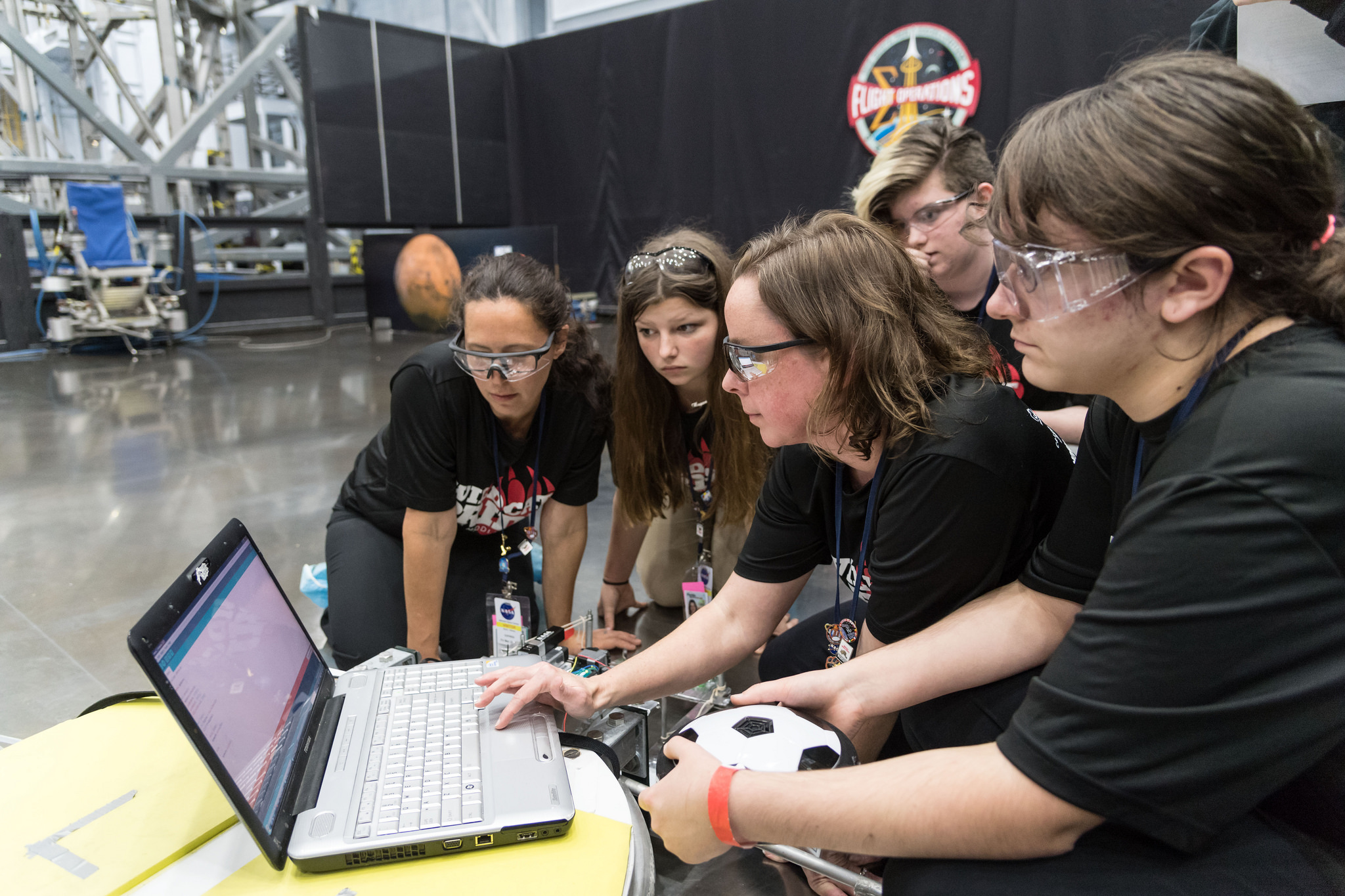
Media
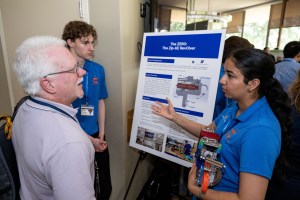
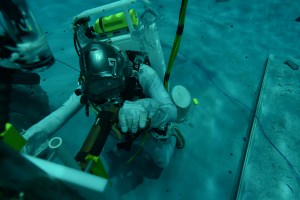
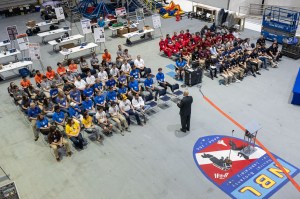
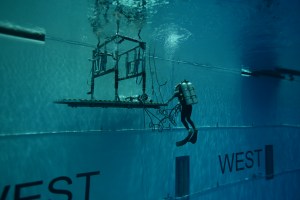
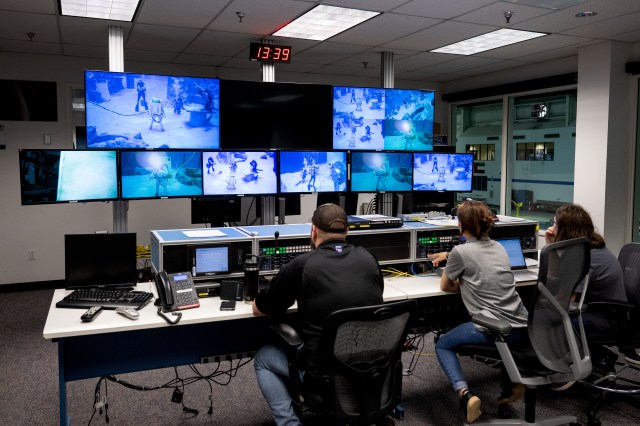
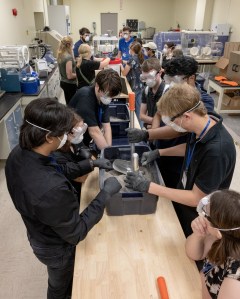
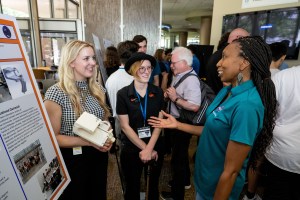
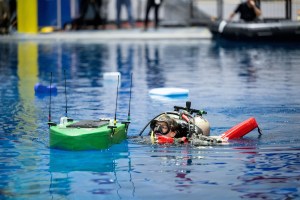
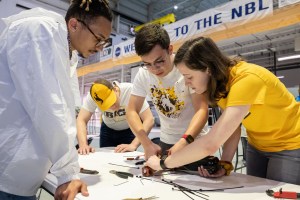

Contact Us
If you have any questions or would like more information about the Micro-g NExT, please send us an email. We’d love to hear from you!

